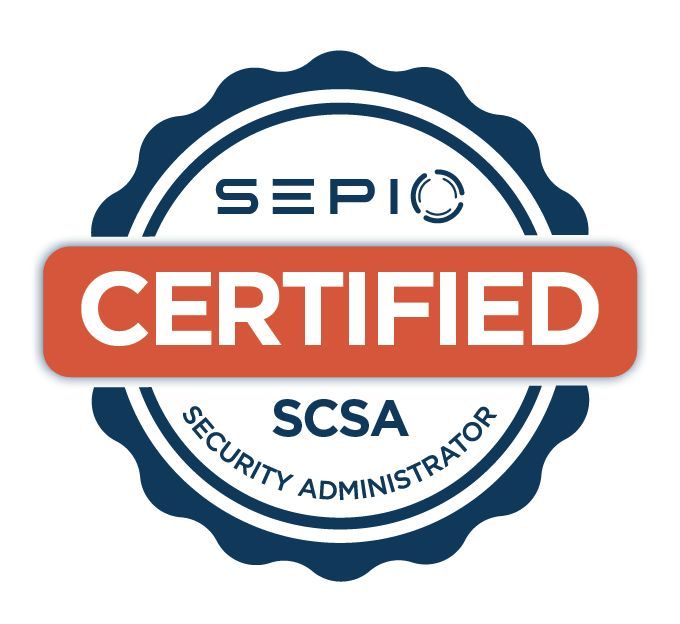Cybersecurity for Government Security Agencies
Policy-Driven Protection.
Endpoint Assurance at the
Hardware Level.
Government agencies operate on the front lines of national security, intelligence, and public safety. In these environments,
hardware-based threats pose some of the most serious risks—especially when a single rogue device can compromise an entire operation.

Unique Security Challenges for Government Agencies
Zerium helps agencies close that gap with deep physical-layer visibility and consultative support tailored to high-assurance environments.
Unlike private organisations, government bodies often deal with:
Classified networks with strict access requirements
Highly mobile staff and contractors
Diverse hardware footprints across departments and secure zones
Sensitive systems prone to foreign interference
Tight regulatory and policy constraints on endpoint control
Most security stacks still rely on traditional software controls and behaviour-based monitoring—leaving a critical gap in visibility and trust:
the physical hardware itself.
Zerium’s Secure-by-Design Approach for Government
With Sepio’s patented Asset DNA profiling and Zerium’s hands-on advisory, we provide a unified approach to hardware-based risk mitigation that aligns with national-level policies and operational constraints.
Discover Every Connected Device
Whether on classified LANs, air-gapped systems, or remote field infrastructure—Zerium helps you
identify and fingerprint every connected device, even those that mimic authorised assets.
Detect and Neutralise Rogue Hardware
Find and mitigate malicious implants, spoofed devices, or unauthorized peripherals that may have been introduced intentionally or unknowingly.
Enforce Hardware Trust Policies
Apply strict, zero-trust controls based on the physical identity of each device. Limit access to only verified hardware, automate responses, and integrate with existing NAC or orchestration systems.
Meet Mandates and Secure Against Insider Threats
Whether you're securing a secure office, command centre, or defence facility, Zerium helps reduce insider risk and ensure policy compliance at every endpoint.
Aligned with Government Frameworks and Mandates
Zerium supports compliance and operational readiness for UK and international public sector frameworks, including:
UK Government Cyber Essentials / Cyber Essentials Plus
NCSC’s Cyber Assessment Framework (CAF)
MOD and defence-specific security protocols
CIS Controls – Strong implementation of asset inventory and device control
NIST Cybersecurity Framework – From asset identification to incident response
CISA BOD 23-01 – Global visibility directives mapped to UK best practices
We offer documentation, audit trail generation, and executive reporting to simplify policy enforcement and demonstrate due diligence.

Applications in Government and Defence Settings
Zerium’s physical-layer visibility and Sepio’s platform have direct application in a range of high-security environments:
Military and Defence
Secure tactical and administrative systems against unknown or spoofed hardware
Intelligence Agencies
Detect rogue USBs or hidden devices within air-gapped and classified environments
Government IT Departments
Monitor and control access to shared systems, workstations, and BYOD equipment
Critical Decision-Making Facilities
Maintain integrity of connected assets during sensitive operations
Contractor and Supplier Access Points
Enforce hardware validation policies when external hardware is introduced

Aligned with Government Frameworks and Mandates
Zerium supports compliance and operational readiness for UK and international public sector frameworks, including:
UK Government Cyber Essentials / Cyber Essentials Plus
NCSC’s Cyber Assessment Framework (CAF)
MOD and defence-specific security protocols
CIS Controls – Strong implementation of asset inventory and device control
NIST Cybersecurity Framework – From asset identification to incident response
CISA BOD 23-01 – Global visibility directives mapped to UK best practices
We offer documentation, audit trail generation, and executive reporting to simplify policy enforcement and demonstrate due diligence.



